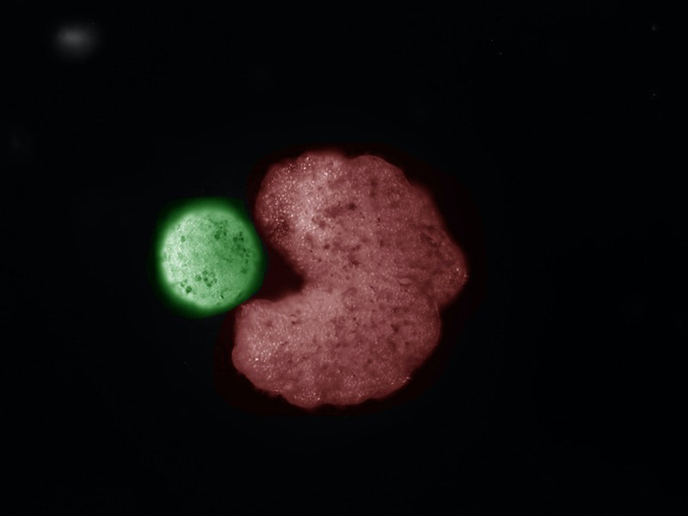World’s first living robot can now make babies
Living organisms have evolved many ways of replicating over billions of years. However, scientists at the University of Vermont and Tufts University in the United States, together with Harvard University’s Wyss Institute for Biologically Inspired Engineering, have discovered a completely new type of biological reproduction. According to new findings published in the journal ‘Proceedings of the National Academy of Sciences’(opens in new window), tiny living machines called Xenobots can now reproduce in a way never before seen in plants or animals known to science. “People have philosophized about this forever,” senior author and computer scientist at the University of Vermont Josh Bongard told ‘Forbes’(opens in new window). “But now you can actually do experiments to create biological machines, or machines that make biology, which in turn make machines.”
Harnessing the power of self-reproducing robots
Using AI in a lab back in 2020, the team of scientists created the Xenobots out of frog cells. Simulations of billions of body shapes showed that a shape resembling Pac-Man of the homonymous classic 1980s video game generated the best outcomes to ensure the Xenobots could create more. The Pac-Man figure with a large mouth can be used to build other Xenobots. Under a millimetre wide, they swim around while gathering hundreds of single cells in order to collect smaller versions of themselves in their mouths. In just a few short days, these smaller Xenobots can grow to be full size. Then, these new Xenobots can go out, find cells and make copies of themselves over and over again. “I was astounded by it,” co-lead author Michael Levin, a professor of biology and director of the Allen Discovery Center at Tufts University, told ‘CNN’(opens in new window). “Frogs have a way of reproducing that they normally use but when you ... liberate (the cells) from the rest of the embryo and you give them a chance to figure out how to be in a new environment, not only do they figure out a new way to move, but they also figure out apparently a new way to reproduce.” “Most people think of robots as made of metals and ceramics but it’s not so much what a robot is made from but what it does, which is act on its own on behalf of people,” Dr Bongard explained. “In that way it’s a robot but it’s also clearly an organism made from genetically unmodified frog cell.”
For the good of humanity?
Should we worry about self-replicating biotech? Could these Xenobots get out of control? Not a chance, because they’re entirely contained to petri dishes, easily destroyed, biodegradable, and regulated by federal, state and institutional ethics experts. “We are working to understand this property: replication. The world and technologies are rapidly changing. It’s important, for society as a whole, that we study and understand how this works,” commented Dr Bongard in a Wyss Institute press release(opens in new window). Xenobots can’t be exploited commercially yet. However, the potential benefits are numerous and varied, from safely delivering drugs in humans to cleaning up the oceans.



